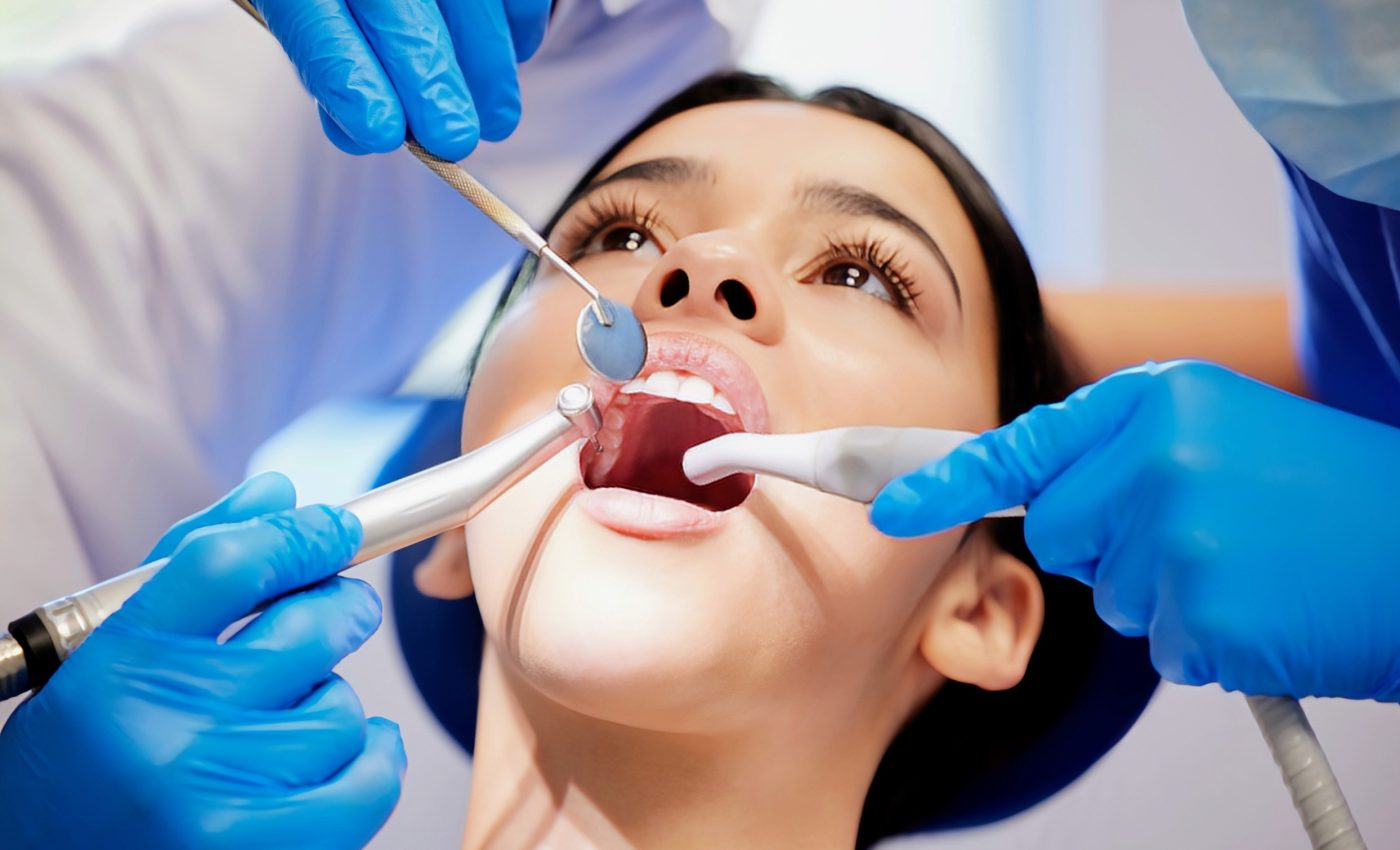
Dentists can spot the signs of hidden sleep disorders
Let’s be honest, if you’re anything like most people, your trip to the dentist is all about keeping those pearly whites shining and your gum health in check. But what if there’s more going on behind that dentist office door, like detecting sleep disorders?
The dentist’s chair has become a platform for critical health interventions. This goes beyond routine procedures like extracting problematic teeth. Instead, it involves identifying sleep-related issues, such as those that may indicate serious, life-threatening conditions.
Dentists and sleep disorders
Researchers from Rutgers Health suggest that dental professionals aren’t just guardians of your chompers, but also potential lifesavers when it comes to diagnosing sleep disorders like obstructive sleep apnea.
This disorder makes breathing a Herculean task for its millions of American victims, triggering serious health risks including neurodegeneration and heart ailments.
Going beyond the enamel
“We have a great opportunity to change lives for the better,” said Davis Thomas, a clinical associate professor at the Rutgers School of Dental Medicine and senior author of the review.
“Dentists can be the first line of defense in identifying sleep disorders. They often see symptoms long before physicians. Indicators like tooth grinding, tongue scalloping or even a patient dozing off in the chair can be early signs that something more is going on.”
Signs of sleep disorders
Sleep disorders are no laughing matter; they play their nasty game with over half of Americans at some point in their lives. What’s scarier is that many of these sneaky conditions remain undetected. It’s high time to turn the tide, said Thomas.
The review lists a series of peculiar signs that dentists should watch out for. Some of them might seem odd – enlarged jaw muscles, scalloped tongue edges, teeth wearing down in distinctive patterns, and tiny cracks on teeth – but these are the clues that could potentially save lives.
When these physical signs are paired with the patient’s history and simple screening tools, dentists can spot the danger signs with up to an astonishing 80% accuracy.
Sleep disorders and teeth grinding
One sign that stands out is bruxism, commonly known as teeth grinding. Dentists have long thought this was a direct result of misaligned teeth. But recent studies suggest this nightly gnashing could be caused by something more ominous – underlying sleep disorders.
Professor Thomas makes it clear that the game needs to change. “We’ve been treating the symptoms without addressing the root cause for far too long,” he said.
“By understanding the neuroscience behind sleep disorders, we can provide more comprehensive care and potentially prevent serious health complications.”
The next steps
“It’s not just about looking at teeth anymore,” Thomas said. “We need to observe the whole patient, from their behavior in the waiting room to the subtle signs in their oral cavity.”
The shift in the dental perspective, as suggested by this new research, could lead to a transformation in sleep disorder detection. Early recognition of potential sufferers could prevent complications like hypertension, strokes, and heart disease.
So, what’s the plan? Professor Thomas and his team propose a simple yet effective tactic – include sleep-related questions in patient history forms.
They also recommend training dental team members to recognize sleep disorder signs, using tools like the STOP-BANG questionnaire, and teaming up with sleep medicine specialists.
Time for action
“We’re not asking dentists to diagnose sleep disorders,” said Thomas. “We’re asking them to recognize the signs and make appropriate referrals. This simple act can be lifesaving.”
Professor Thomas recommends that dentists looking to incorporate sleep screening into their practices start with education.
“Attend sleep medicine conferences, take continuing education courses, and stay up-to-date with the latest research,” he said. “The more we learn, the more we realize how much we don’t know – and how much we can do to help our patients.”
So next time you’re in a dentist’s chair, remember it’s not just about a dazzling smile, but a whole lot more. Your dentist is not just your tooth fairy but might also be your sleep savior.
The study is published in The Journal of the American Dental Association.
—–
Like what you read? Subscribe to our newsletter for engaging articles, exclusive content, and the latest updates.
Check us out on EarthSnap, a free app brought to you by Eric Ralls and Earth.com.
—–













